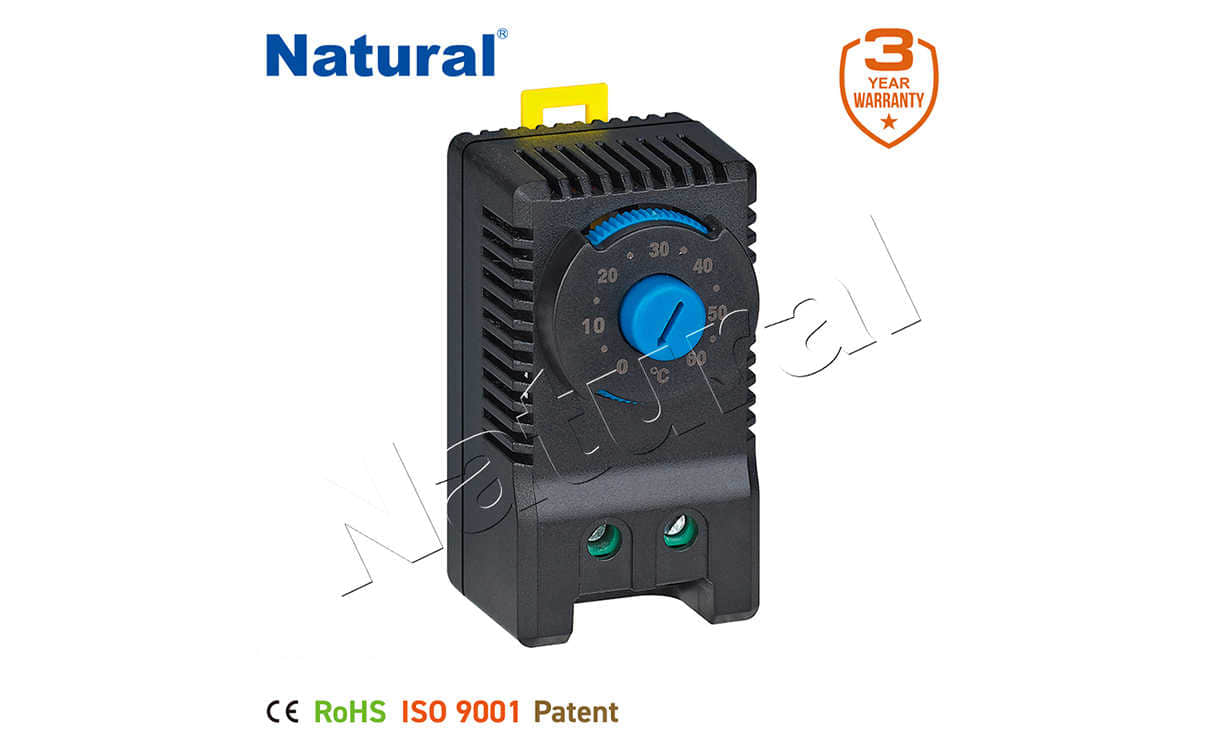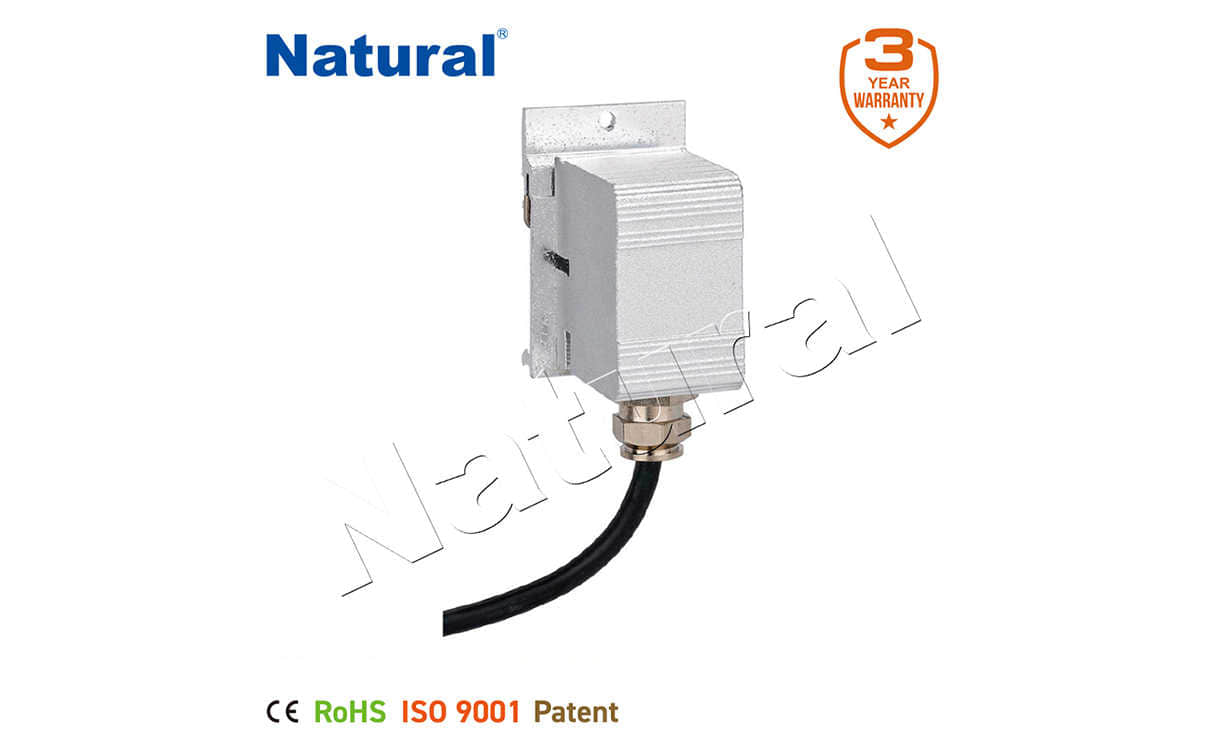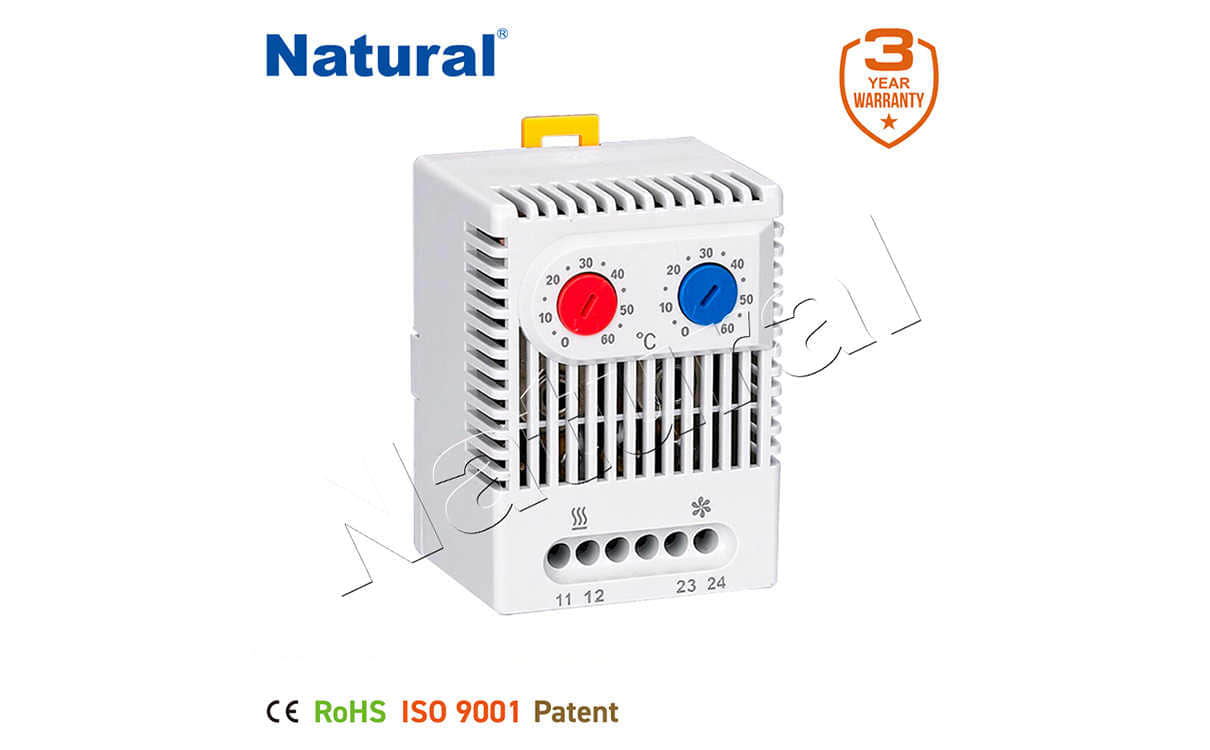 28 items Patent
28 items Patent
 28 items Patent
28 items Patent
 28 items Patent
28 items Patent


At the heart of a bimetal thermostat is a strip of two different metals, each with different coefficients of thermal expansion. These metals are bonded together in a way that when the temperature changes, one metal expands or contracts at a different rate than the other. This difference in expansion causes the bimetallic strip to bend. The bending motion is what activates or deactivates the thermostat's electrical contacts, thereby controlling the temperature.
Typically, when the temperture rises beyond a preset threshold, the bimetal strip bends in such a way that it either opens or closes a set of electrical contacts. This action either triggers the heating or cooling system to stop or continue operating. Conversely, when the temperature cools down, the metal strip returns to its original position, restoring the electrical contact to its original state.

a A bimetal thermostat is an essential device used in various appliances, heating systems, and electronic equipment to regulate temperature. It plays a critical role in ensuring that systems do not overheat or operate outside of their optimal temperature ranges. The bimetal thermostat is a simple yet effective mechanical component that uses the principles of thermal expansion in metals to create a reliable mechanism for controlling temperature. In this article, we will explore how bimetal thermostats work, their applications, and why they are vital to everyday devices.
How Bimetal Thermostats Work